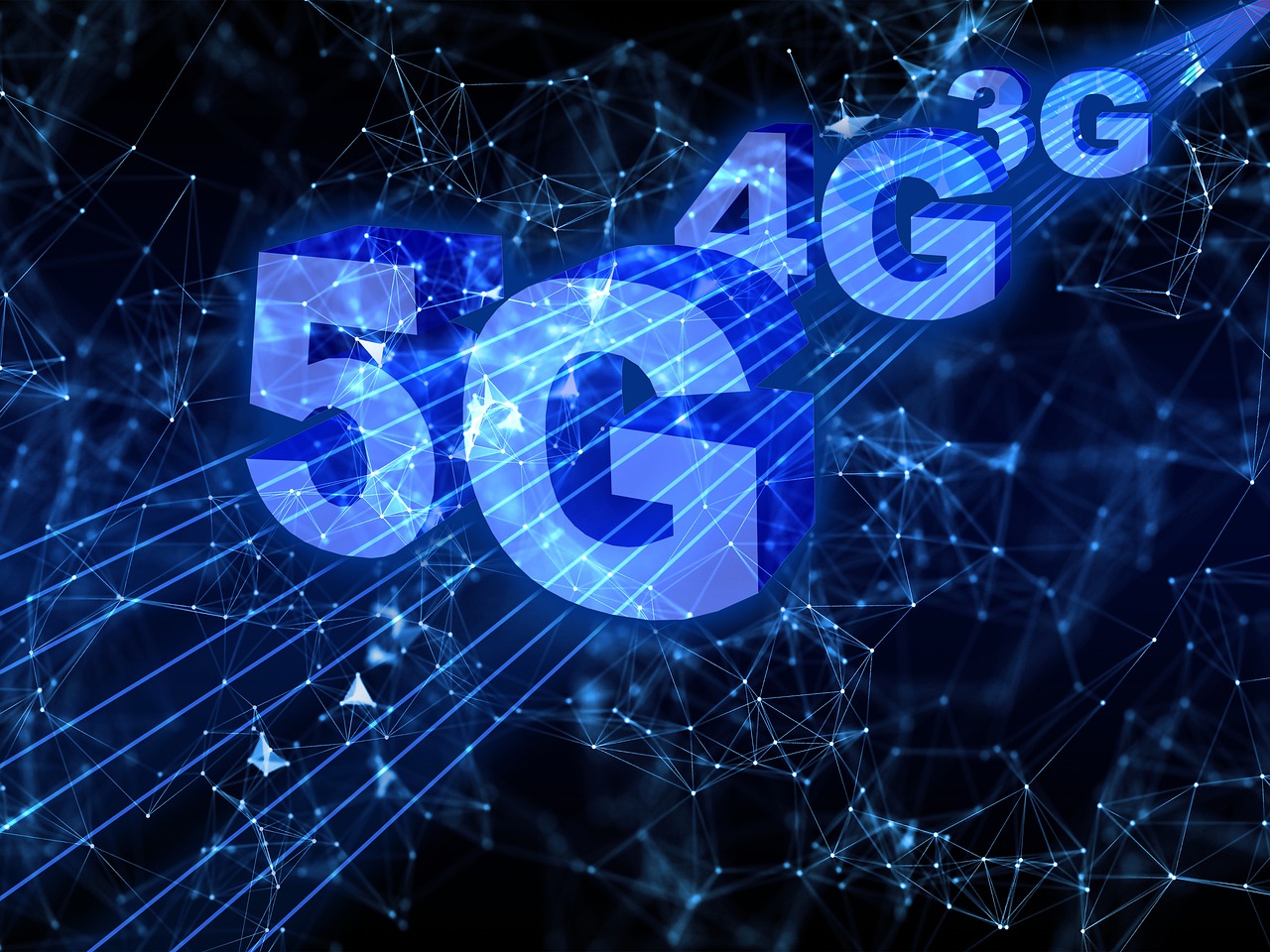The increasing popularity of remote work means more and more people need ultra-fast Internet speeds. Fortunately, the fifth generation of mobile networks – 5G – is quickly gaining traction. It is designed to revolutionize connectivity and our interaction with technology. But is it worth upgrading to a 5G mobile phone in 2022? Let’s find out.
An overview of 5G
5G is the planned successor to 4G cellular technology. 5G networks are cellular networks – which means that the service area is divided into small geographical areas known as “cells.” Therefore, 5G devices will connect to the Internet and telephone network through a local antenna in that particular cell.
5G networks will give higher download speeds and will have greater bandwidth. In addition, 5G has the ability to connect to more devices – even in crowded areas – and will therefore improve the overall quality of the Internet.
Speed
With 4G technology, you typically get speeds between 10 Mbps and 50 Mbps. With 5G, the average minimum is 50Mbps. It’s important to note that 5G offers a range of speeds, with the actual speed depending on several factors, such as the quality of the device and the wireless network. However, 4G speeds are still pretty good, and therefore the biggest difference between 4G and 5G is latency rather than speed.
Latency
Latency is the time it takes to upload data from one device (the source) and reach another device (the target). It’s measured in milliseconds. 4G’s average latency is 50ms. With 5G technology, the planned latency is 1ms! Low latency is advantageous as it enables real-time reactions, which is very important when it comes to cloud gaming, remote hardware and self-driving cars.
Coverage
By 2025, 5G networks are expected to cover a third of the world’s population and account for around 1.2 billion connections. Moreover, as of June 2021, 58 countries had already introduced 5G networks. North America and Europe are at the forefront of 5G implementation, with Asia catching up quickly. In fact, South Korea deployed the first 5G network in the world. All in all, while global 5G coverage will take a while, it will happen very quickly.
Battery Life
5G will likely put more strain on mobile phones. This is because it’s more demanding in terms of power compared to 4G. So, if you want to invest in a 5G smartphone, like OnePlus 8 Pro or Samsung Galaxy Note 20 Ultra 5G, you should be aware of this potential problem.
5G is not replacing 4G
It is a complementary technology, which means you can still use 4G in areas where 5G is not available. Therefore, by utilising both, you can rest assured that you’ll always stay connected, wherever you are in the world.

